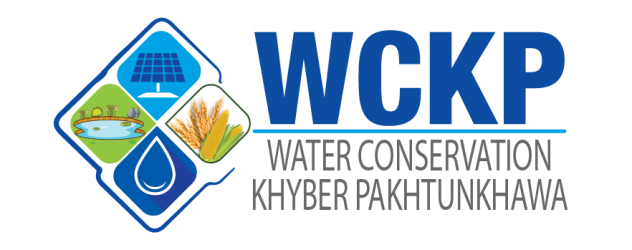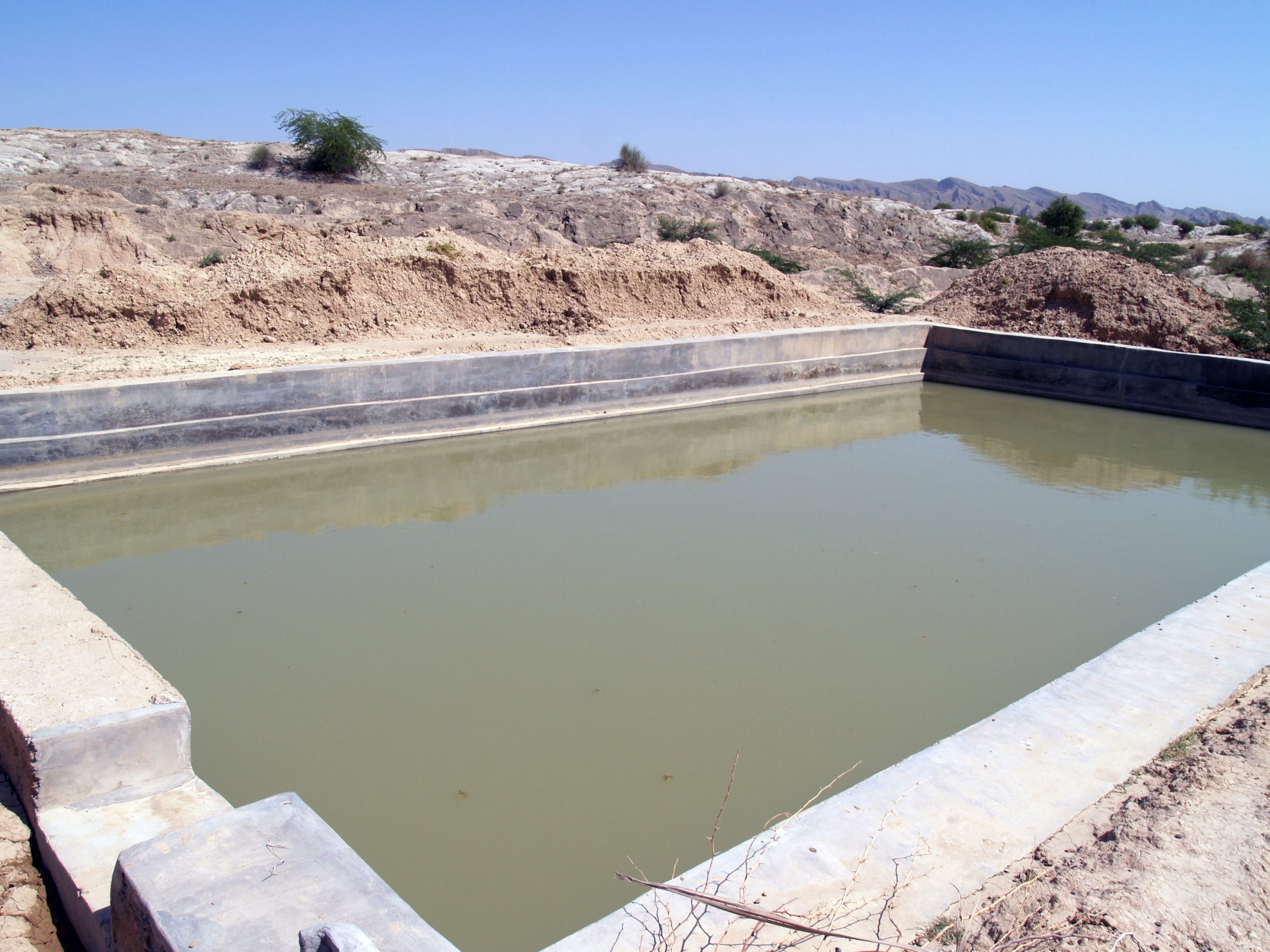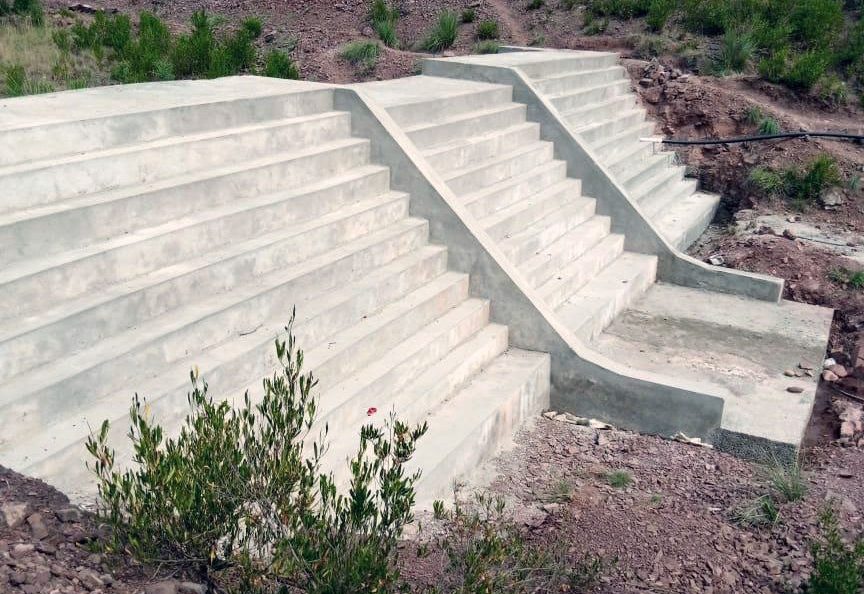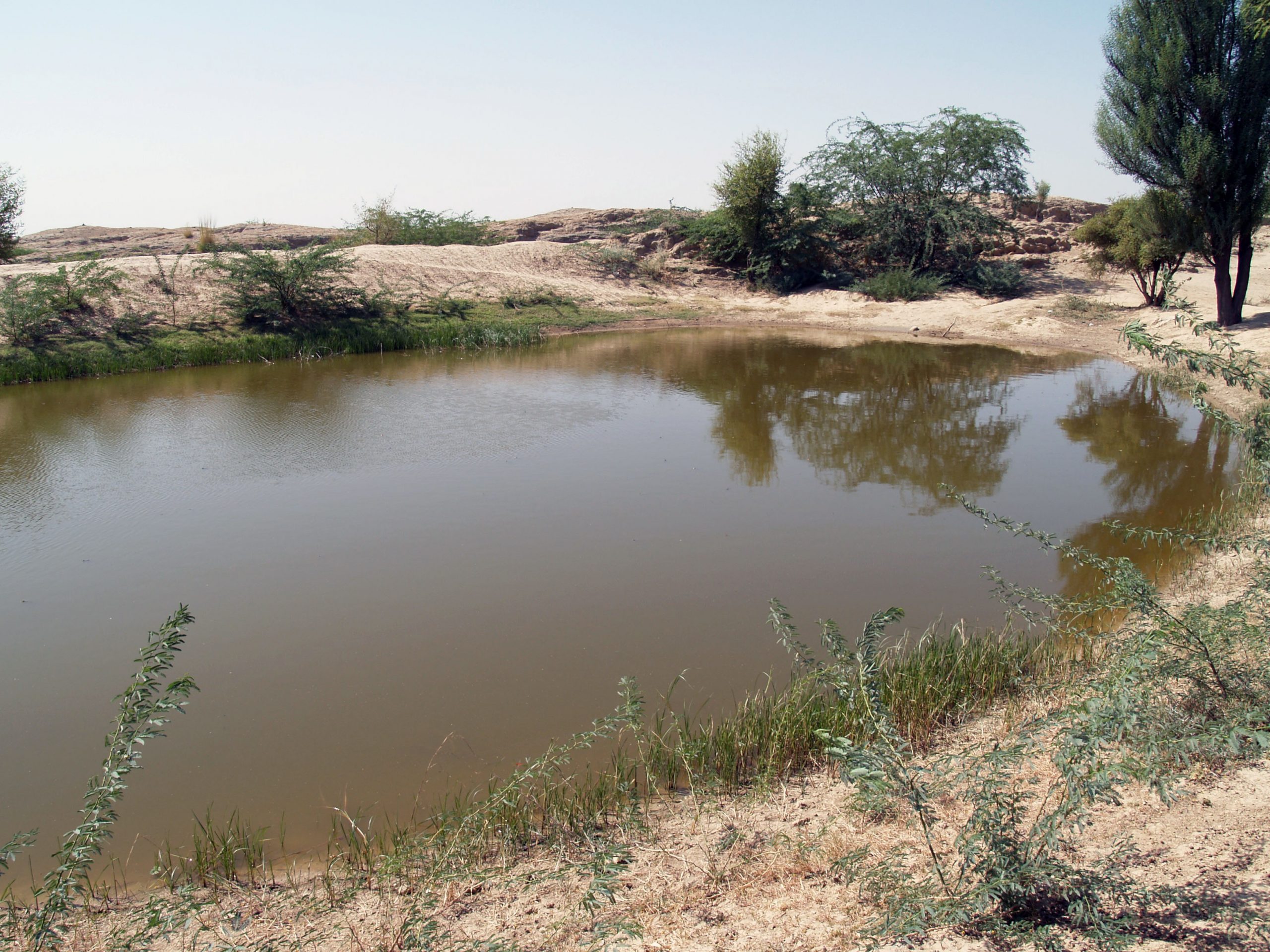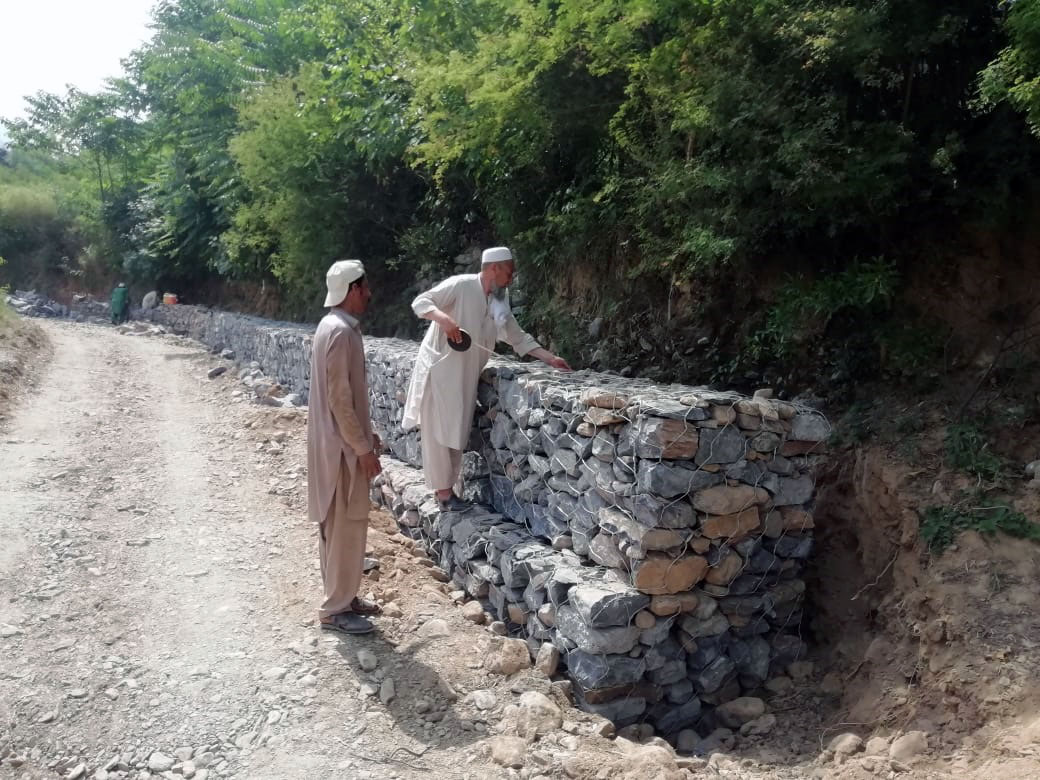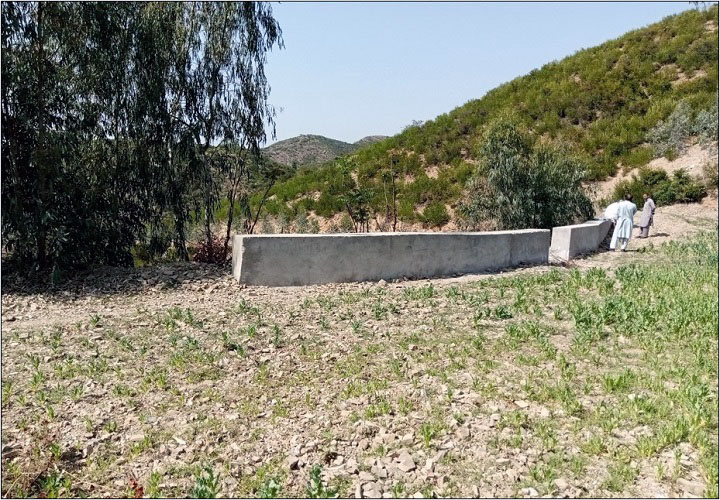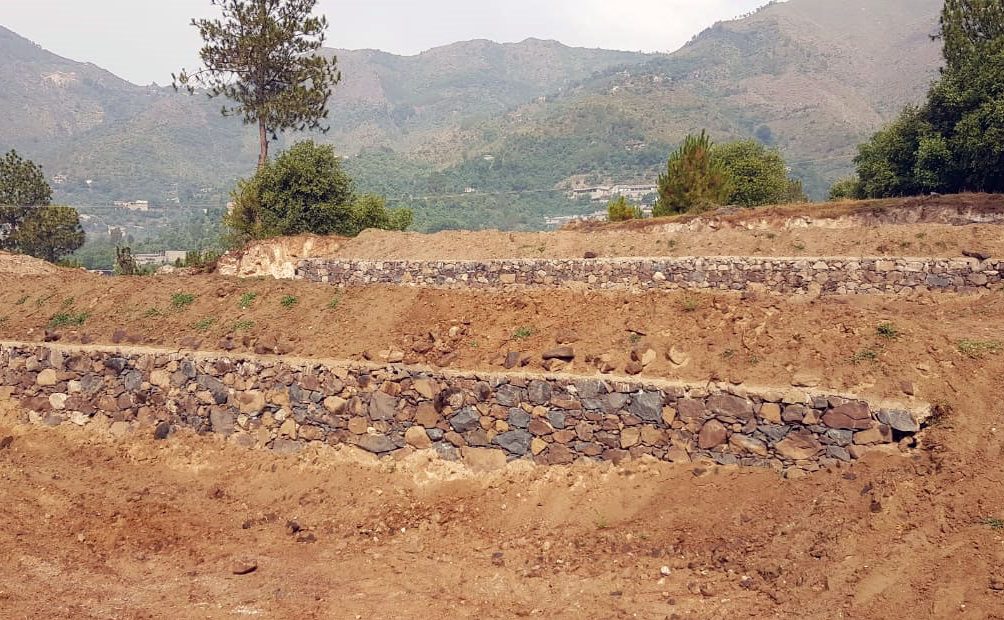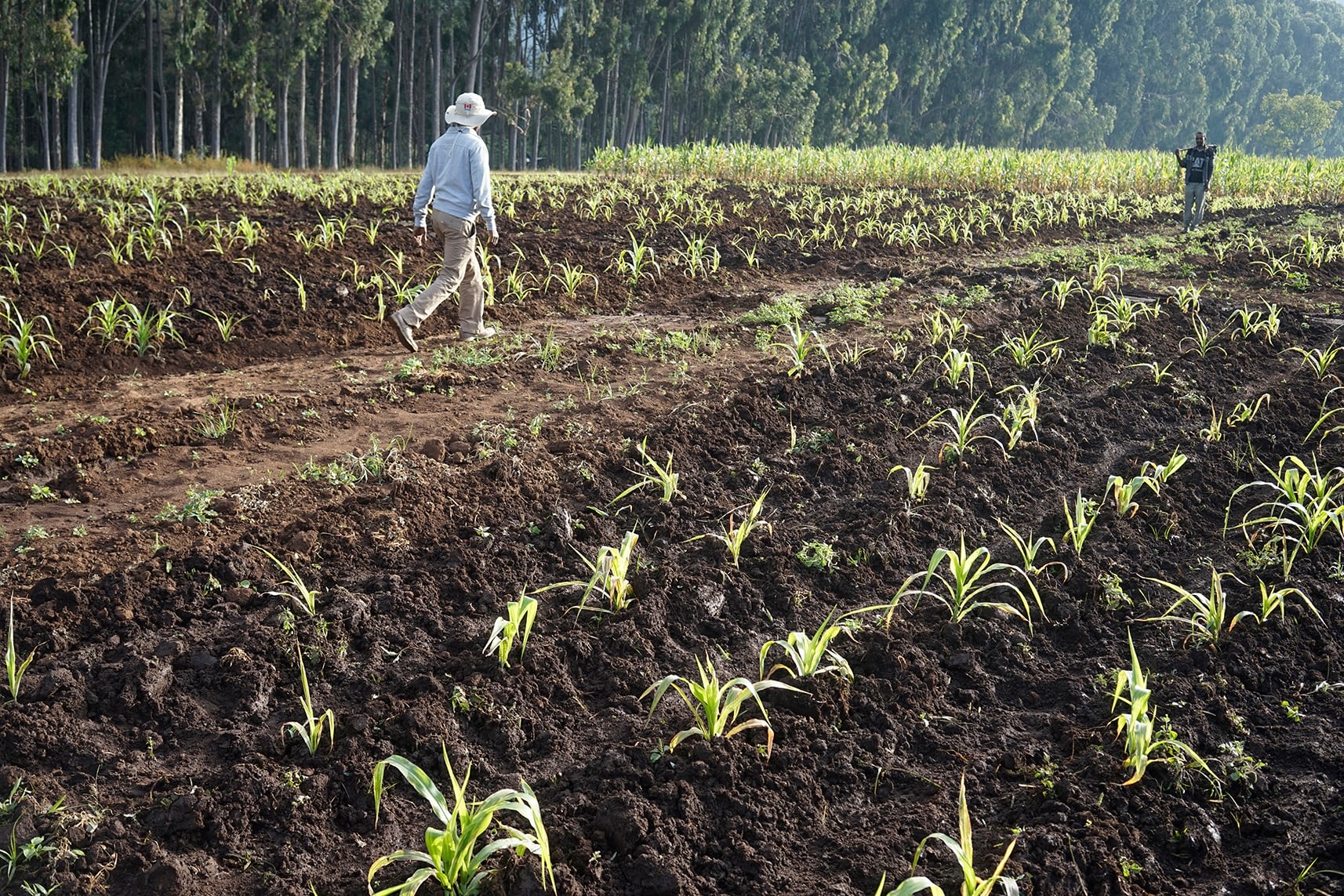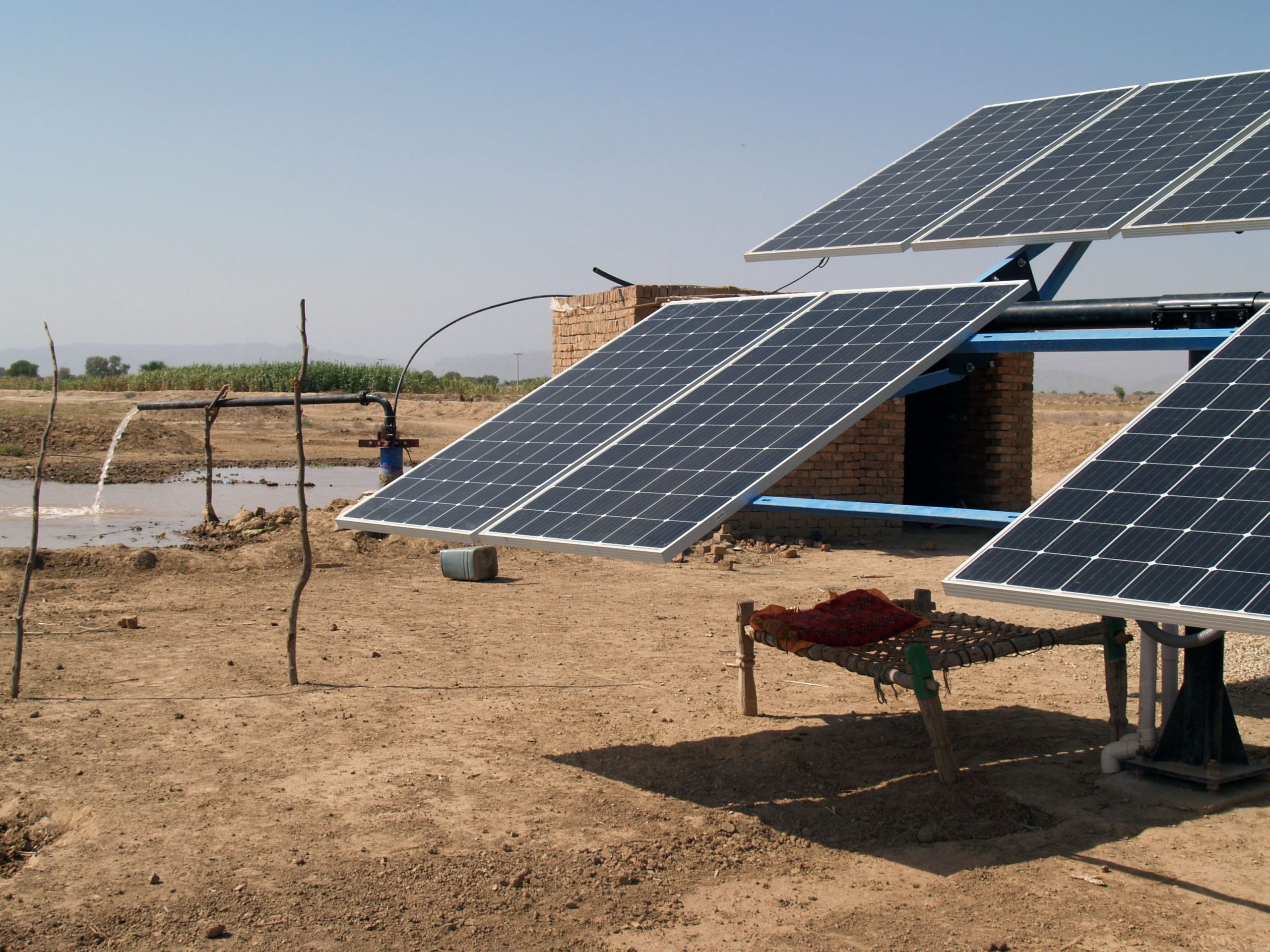COMPONENTS
WATER CONSERVATION IN BARANI AREAS OF KHYBER PAKHTUNKHWA (WC-KP)
The water conservation in barani areas of Khyber Pakhtunkhwa is a federal government initiative for protection and conservation of agriculture lands and water harvesting. The province has an agrarian economy where four fifth (80%) of population resides in rural area and having agriculture as their main source of livelihoods.
The project aims to conserve land and water resources through various interventions for supplemental irrigation, livestock, farm forestry and fish farming, to increase cropping intensity and per unit of land and water productivity, to improve livelihood standards of poor fanners,
to improve socio-economic stability.
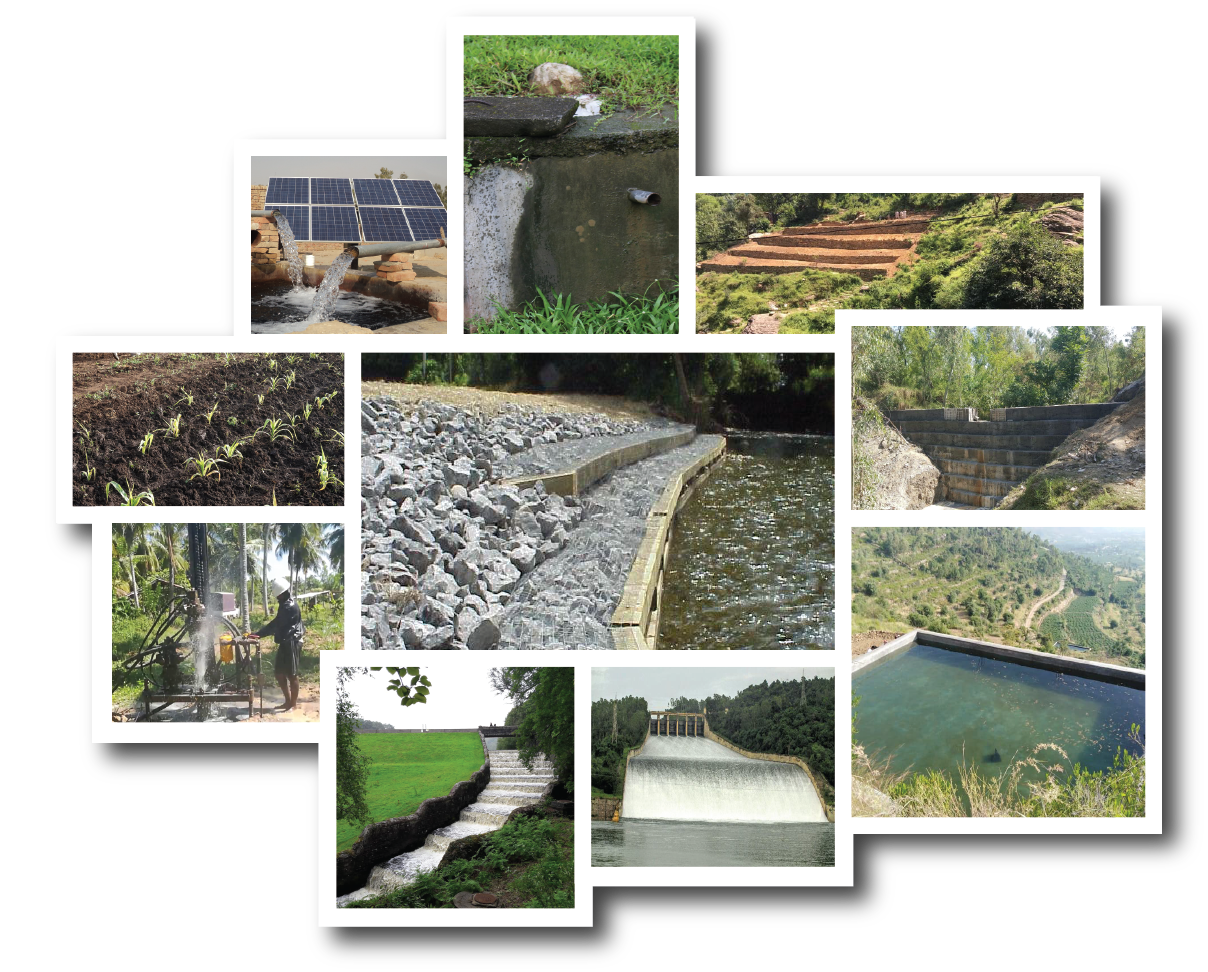
WATER CONSERVATION IN BARANI AREAS OF KHYBER PAKHTUNKHWA (WC-KP)
The water conservation in barani areas of Khyber Pakhtunkhwa is a federal government initiative for protection and conservation of agriculture lands and water harvesting. The province has an agrarian economy where four fifth (80%) of population resides in rural area and having agriculture as their main source of livelihoods. The project aims to conserve land and water resources through various interventions for supplemental irrigation, livestock, farm forestry and fish farming, to increase cropping intensity and per unit of land and water productivity, to improve livelihood standards of poor fanners, to improve socio-economic stability.
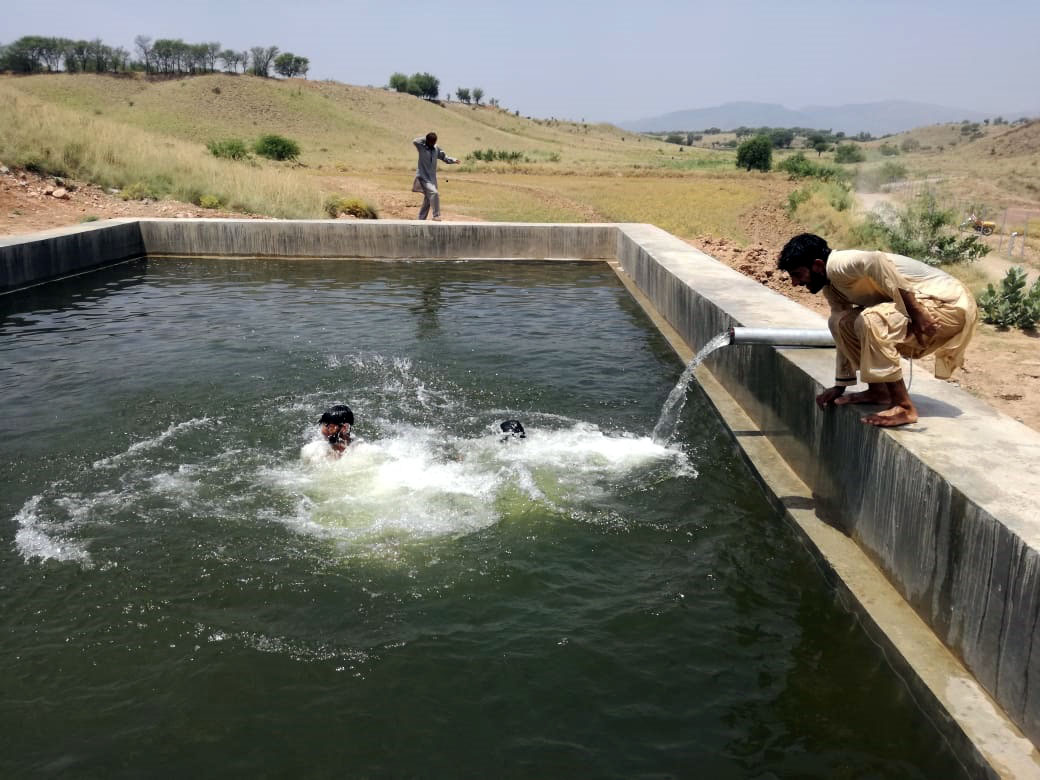
MICRO-WATERSHED DEVELOPMENT
Watershed is defined as any surface area from which runoff resulting from rainfall is collected and drained through a common point. It is synonymous with a drainage basin or catchment area. Some watersheds are very small while other watersheds are very large and may cover thousands of square miles.
WATER SEEPAGE HARVESTING GALLERIES
Water seepage harvesting galleries are sub-surface groundwater collection systems with perforated pipes, typically shallow in depth, constructed in a sloppy area. These underground water-collecting tanks can be built alone in a gully or inside a check dam. These tanks receive seepage water from the adjacent wet soil.
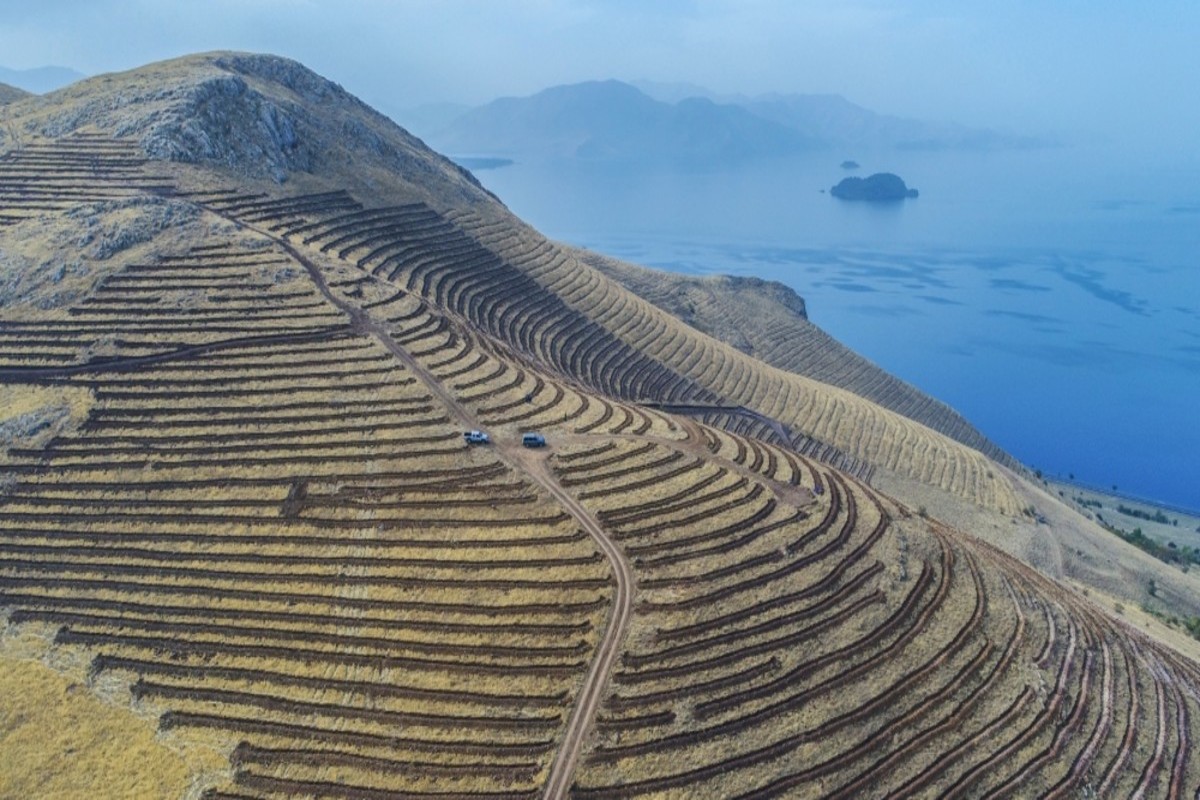
SAND DUNES STABILIZATION
Sand dune is a ridge of sand created by the wind, found in deserts or near lakes and oceans. Sand dunes can be stabilized by a number of methods in which herbaceous plantation method is the bestone in which these plants are grown at a distance for effective control of sand dunes.
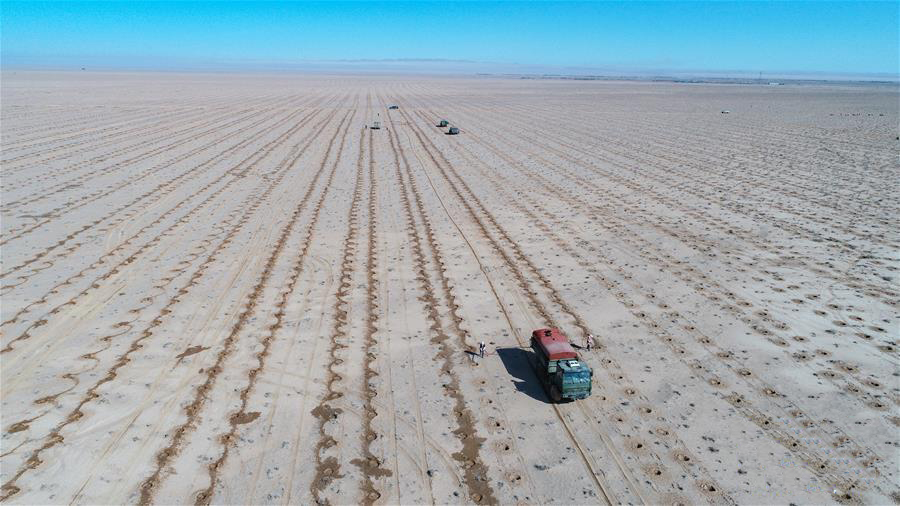
INSTALLATION OF TUBE WELLS
A Tube Well is a device which is constructed to draw ground water contained in an aquifer. Its design varies with the geological conditions of the formation and the purpose for which ground water is to be used. Tube wells are installed for irrigation and water supply purposes.
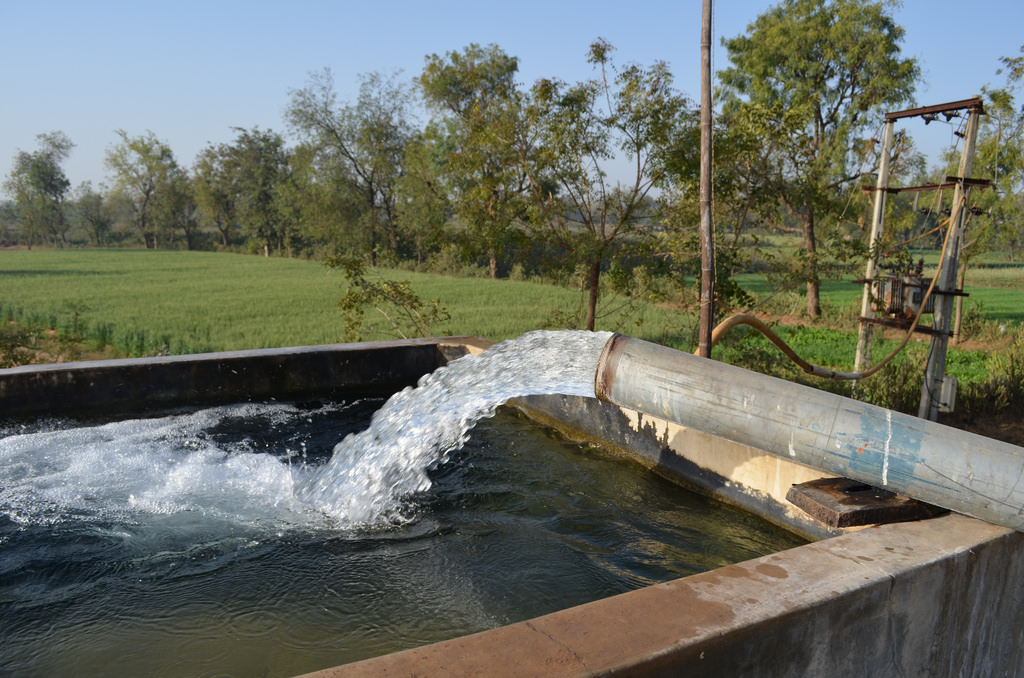
MICRO-WATERSHED DEVELOPMENT
Watershed is defined as any surface area from which runoff resulting from rainfall is collected and drained through a common point. It is synonymous with a drainage basin or catchment area. Some watersheds are very small (less than one acre) while other watersheds are very large and may cover thousands of square miles. Any place where you stand can be part of many watersheds of varying sizes.
WATER SEEPAGE HARVESTING GALLERIES
Water seepage harvesting galleries are sub-surface groundwater collection systems (tanks) with perforated pipes, typically shallow in depth, constructed in a sloppy area. These underground water-collecting tanks can be built alone in a gully or inside a check dam. These tanks will receive seepage water from the adjacent wet soil.
AGRONOMIC LOW-COST INTERVENTIONS
Agronomic low-cost interventions include cover crops like gram, peanuts etc. These crops are locally available and have the ability to cover soil surface, thus protecting the soil from the direct effect of rain drops which ultimately help in controlling soil erosion. We will include such type of intervention in our activities which will improve livelihood of farmers and conserve soil and water.
SAND DUNES STABILIZATION
Sand dune is a ridge of sand created by the wind, found in deserts or near lakes and oceans. Sand dunes can be stabilized by a number of methods in which herbaceous plantation method is the bestone in which these plants are grown at a distance for effective control of sand dunes.
INSTALLATION OF TUBE WELLS
A Tube Well is a device which is constructed to draw ground water contained in an aquifer. Its design varies with the geological conditions of the formation and the purpose for which ground water is to be used. Tube wells are installed to supply water for irrigation and water supply. The required depth of Tube Well depends upon the depth of the water table
